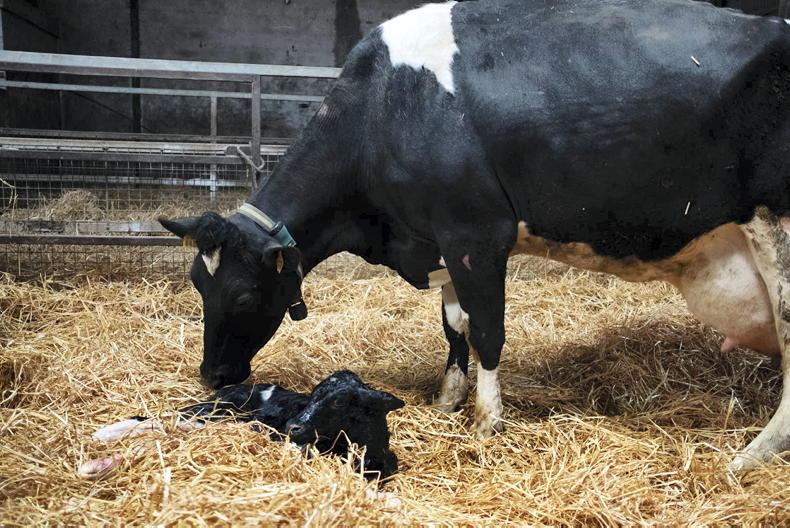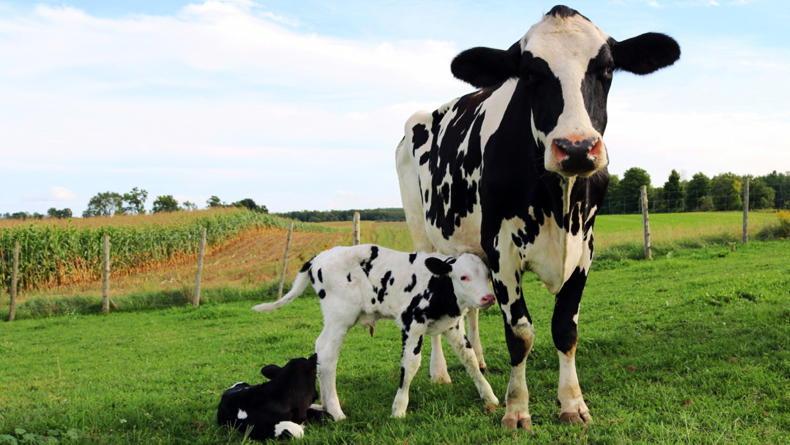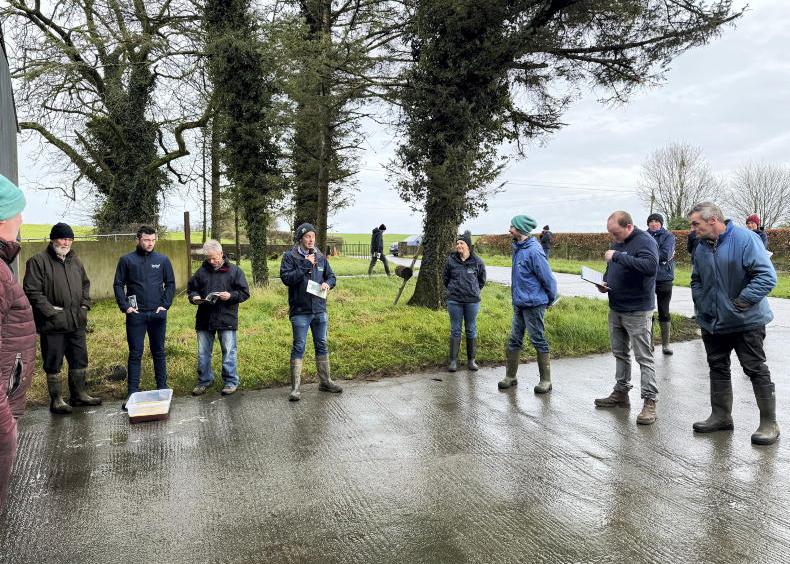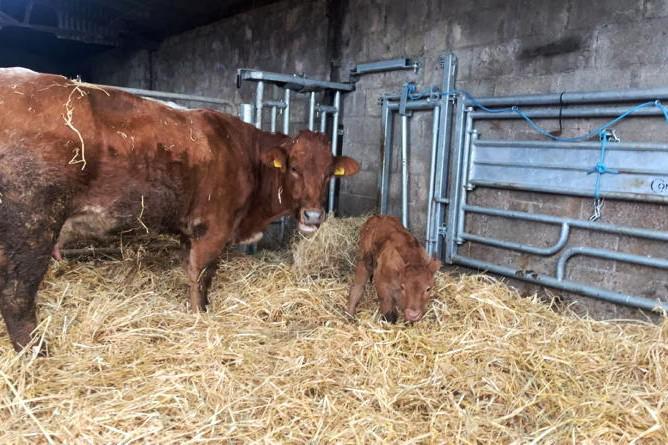Spring-calving dairy farmers have either started calving or are about to start. On the majority of farms, the main burst of calving doesn’t start until February, so there is still some time to get some last minute jobs complete.
1. Have the liners been changed?
Milk liners should be changed after every 2,500 milkings or twice a year, whichever comes first.
Short pulse tubes should also be changed and long milk tubes should be changed every few years.
Rubberware can crack and harbour bacteria in crevices, so better to change regularly. To make the job easier, dip the pipes and liners in hot water to soften the rubber before changing.
2. Have the calf and calf sheds been disinfected?
It’s not too late to do this, even if a few calves have already been born.
Use a disinfectant that is approved to kill the pathogens that cause problems on your farm.
Some farmers will spread lime on the floor of sheds before spreading bedding.
3. Get beds ready
Use this time to bed straw or other bedding on calving sheds and calf sheds.
4. Set up a colostrum station
The colostrum station should have a fridge for cooling and storing colostrum, plus a facility to heat colostrum, such as hot water bath or running hot water.
Do not use a microwave to heat colostrum.
5. Make sure the bulk tank is working correctly before you send milk to it
It’s a good policy to get it serviced before use.
Check that detergent tubes are not blocked from crystalised detergent.
6. Is the farm ready for grazing?
Check that the electric fence is working, that broken posts are mended and that reels and pigtails are present and working.
You don’t want any reason not to be able to get cows out to grass if conditions are suitable.
Finally, have a plan in place to avoid getting burned out or run down this spring. This will likely involve getting plenty of food and rest.
Some farmers feel that they need to do everything and be ever present during calving for fear that something could go wrong.
In reality, they are putting the business at greater risk as it is than all revolving around that one person. What happens if they get sick?
I hope all readers have a safe, healthy and successful calving. Don’t forget to seek help if under pressure.









SHARING OPTIONS